From pv magazine 06/2020
Small companies with big ambitions, and a big challenge ahead of them. A number of fledgling solar innovators are attempting to expand the reach of PV to realms considered almost fanciful only a handful of years ago – from land, to inland bodies of water, to the sea. Given a growth rate of annual floating PV (FPV) installations at close to 150% in 2020, according to IHS Markit, there are reasons to believe the numerous challenges facing these companies can be overcome.
While it appears unlikely that large-scale FPV installations will be seen on the wide-open ocean at any point in the near future, there are certainly signs that progress is being made on developing the technology, and in fostering investor confidence in it.
Two test beds that will provide vital data as to FPV at sea are currently under development by TNO in the Netherlands, now at the installation stage, and the Solar Energy Research Institute of Singapore (SERIS), which is still one to two years away. Both organizations will collect data on FPV array installation, performance, and durability in the face of the saltwater, wind and waves that are encountered in offshore environments (pv magazine 05/2020).
Certification push
An encouraging development in the ambitious application emerged in March, when DNV GL announced that it had issued a Statement of Conformity to Ocean Sun, a Norwegian provider of floating solar mounting structures. DNV GL reports that the verification is the first of its kind and could allow for the expansion of FPV on man-made reservoirs, but perhaps most interestingly, on coastal waters.
In announcing the move, DNV GL stated: “The design methodology of the Ocean Sun floating solar structure, including design principles, methods and safety factors, complies with the relevant standards and recommended practices, such as the NS9415 standard for Norwegian aquaculture.”
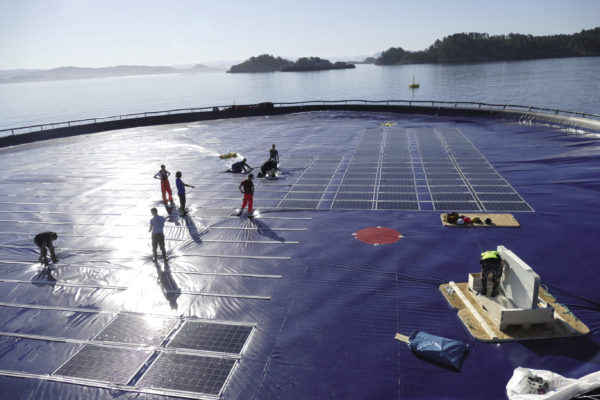
Ocean Sun employs a relatively novel approach to FPV structures. Modules can be affixed to the company’s “hydro-elastic floating membrane”, keeping them above the surface but still in contact with water – delivering additional module cooling and the requisite power output boost. The approach draws on the experience with floating nets used in salmon farms.
In conventional FPV installations, such as those supplied by the segment’s dominant players, Ciel et Terre and Sungrow – categorized “specialized pure HDPE floats” by SERIS – a power output boost of around 10% can be expected. Ocean Sun, however, lays claim to a boost of around 20%, though this requires more work to verify, due to its “direct cooling” effect – essentially modules in contact with the water, albeit protected by the membrane.
Børge Bjørneklett, founder and CEO of Ocean Sun, says that the advantages of the company’s approach can be summarized thusly: “Cost per watt peak, PV performance by direct cooling, and simplicity of deployment and logistics. In some locations the good seaworthiness and low wind drag is also important.”
Ocean Sun has operated test sites in both Norway and Sweden for close to three years, an eternity in the application class, and is collaborating with Norwegian utility Statkraft on a number of projects. It hopes to install “up to 25 MW” this year, although Bjørneklett acknowledges that progress has been hampered by Covid-19.
With the modules sitting flush against the water surface, it is reasonable to expect that they will get wet. To address this, the startup is qualifying modules for use in its systems by carrying out saltwater immersion tests at 1,500 V.
“When using a dual glass module with good encapsulant, as well as high attention to JB ingress protection, we see that a module can be very watertight,” says Bjørneklett. “It helps, of course, that the watertight membrane separates the modules from the saltwater. We only see some saltwater spray over the freeboard perimeter in stormy weather. This can also be adjusted in the design, pending the local state of the sea.”
That Statkraft has selected the Ocean Sun technology for its trial projects is encouraging, although Bjørneklett freely admits that getting conventional lenders to back ocean floating projects at this stage is nigh impossible. “Statkraft has the financial muscle, reducing dependency from more conservative banks,” said Bjørneklett. “If you dont count bankability and track record I think they have chosen the best supplier [in Ocean Sun].”
| Top seven FPV suppliers as of December 2018 | ||||||
| Company | Country of origin |
Co-owner status in projects | Location of completed FPV projects | FPV technology |
Total FPV capacity installed (MWp) | Total FPV capacity under development/construction (MWp) |
| Sungrow | China | Yes | Brazil, China, Germany, Israel, Japan, Southeast Asia, Spain, Taiwan, China | Pure HDPE floats | 500 | 600 |
| Ciel & Terre International | France | Yes | Worldwide | Pure HDPE floats | 319 | 330 |
| NorthMan Energy Technology | China | Yes | China | Pure HDPE floats | 230 | N/A |
| Jintech New Energy | China | Yes | China | Pure HDPE floats | 150 | 80 |
| Kyoraku Co. | Japan | No | Japan, Taiwan, China, Thailand | Pure HDPE floats | 51 | N/A |
| Scotra Co. | Republic of Korea |
N/A | Korea, Japan, Taiwan, China, Phlippines | Floating island + racks | 40.3 | 19.3 |
| LS Industrial Systems Co. | Republic of Korea |
N/A | Korea, Japan | Floating island + racks | 30 | 250 |
| Xiamen Mibet New Energy Co. | China | Yes | Brazil, China, Germany, Israel, Japan, Southeast Asia, Spain, Taiwan, China | Pure HDPE floats | 30 | 120 |
Beyond the banks
The self-funding of projects, or taking a stake as co-owner, has been important in the rollout of FPV projects on freshwater, and it will likely be the same for ocean floating. Of the leading FPV component suppliers, almost all of them take a stake – backing their projects to swim, rather than sink. This is according to SERIS in its recent publication, the third and final in a collaboration with the World Bank Group: “Where Sun Meets Water: Floating Solar Market Report.”
Austrian ocean floating supplier Swimsol takes a different approach to its structure, but owns the arrays it provides, signing PPAs with its island customers for the power produced. It uses the ocean-floating structures at resort complexes in the Maldives, largely to supplement rooftop installations on the adjacent islands.
Mounting glass-glass modules on what it calls a floating platform, Swimsol has developed both a small and large version of its structure to cope with choppier waters. The smaller platform situates the solar modules 1 meter off the surface of the water, and the larger ones at 1.5 meters. The bigger one can host 20-30 kWp.
“The platform was specifically built to cope with waves,” explains Martin Putschek, the company’s managing director. “It took us five years to build it. It will hold up in waves despite the fact it is not extremely sturdy and not extremely expensive. It is a patented structure [comprised of corrosion-resistant material], that can take waves of a height less than 2 meters and any wavelength and form.”
Cost, durability
Low cost remains a key feature of the ocean-floating PV developers. Very robust structures could be produced and installed with elaborate anchoring to hold the arrays in place. Swimsol’s Putschek illustrates the point using yaughts as an example that, as a very high-value asset, warrant a pricey anchor. However, even PV on the ocean must remain cost competitive – leading developers to adopt solutions that are just robust enough.
“For saltwater I think the ultimate technology pathway is not clear yet,” says Thomas Reindl, the deputy CEO of SERIS, and the lead on the institute’s FPV program. “The [PV] industry would probably go the easier way first as long as environmental conditions allow. “
This means the same type of [pure HDPE] floats, but by going a bit thicker on the plastic – and then throw it onto the water and see what happens. That will happen with smaller projects … of course no larger investor would go for it without a thorough understanding of systems, wave height, tides, and what is the biofouling – particularly in tropical environments.”
This content is protected by copyright and may not be reused. If you want to cooperate with us and would like to reuse some of our content, please contact: editors@pv-magazine.com.
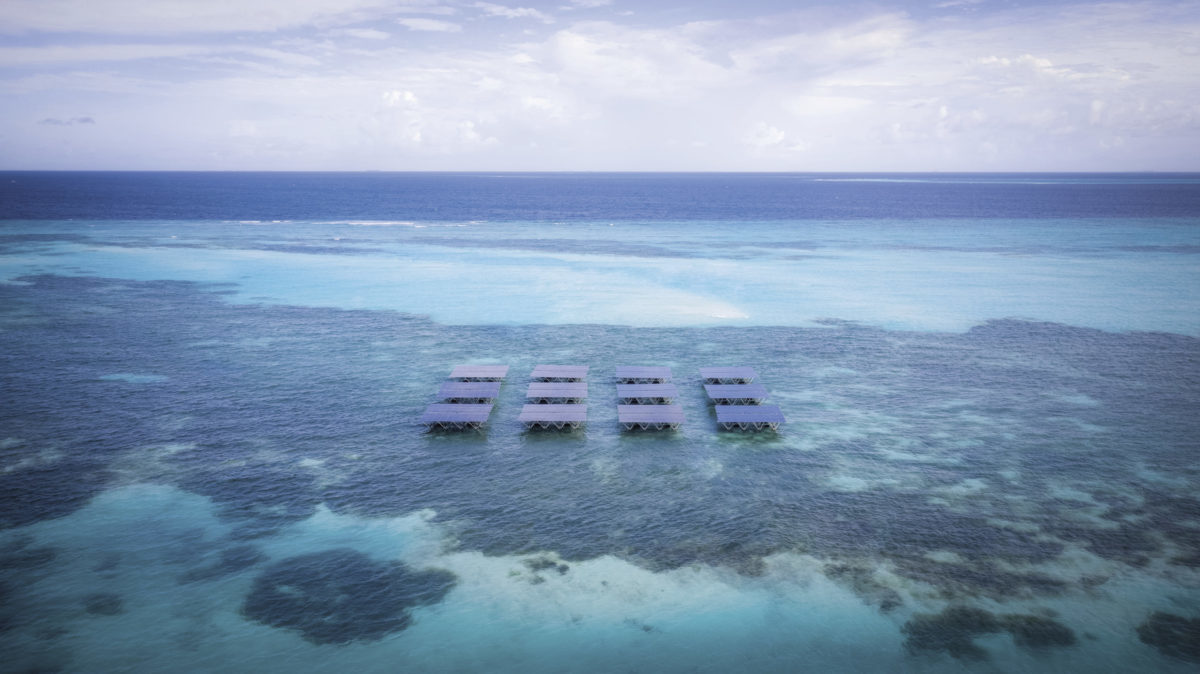
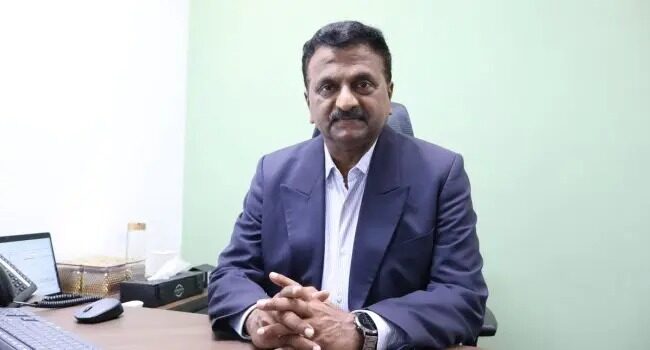


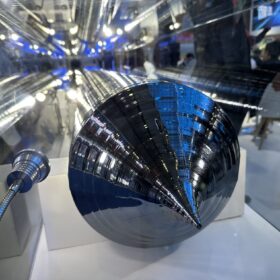
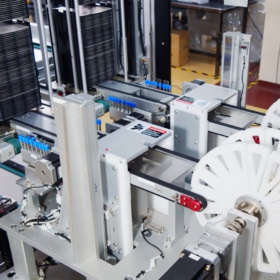
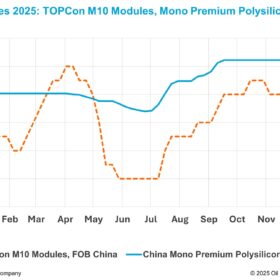
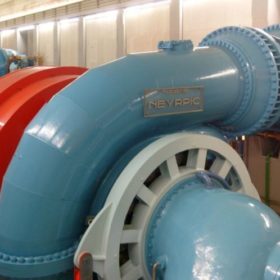
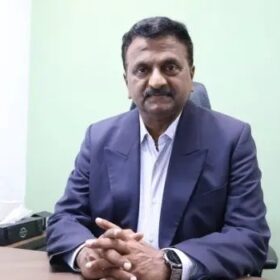
By submitting this form you agree to pv magazine using your data for the purposes of publishing your comment.
Your personal data will only be disclosed or otherwise transmitted to third parties for the purposes of spam filtering or if this is necessary for technical maintenance of the website. Any other transfer to third parties will not take place unless this is justified on the basis of applicable data protection regulations or if pv magazine is legally obliged to do so.
You may revoke this consent at any time with effect for the future, in which case your personal data will be deleted immediately. Otherwise, your data will be deleted if pv magazine has processed your request or the purpose of data storage is fulfilled.
Further information on data privacy can be found in our Data Protection Policy.